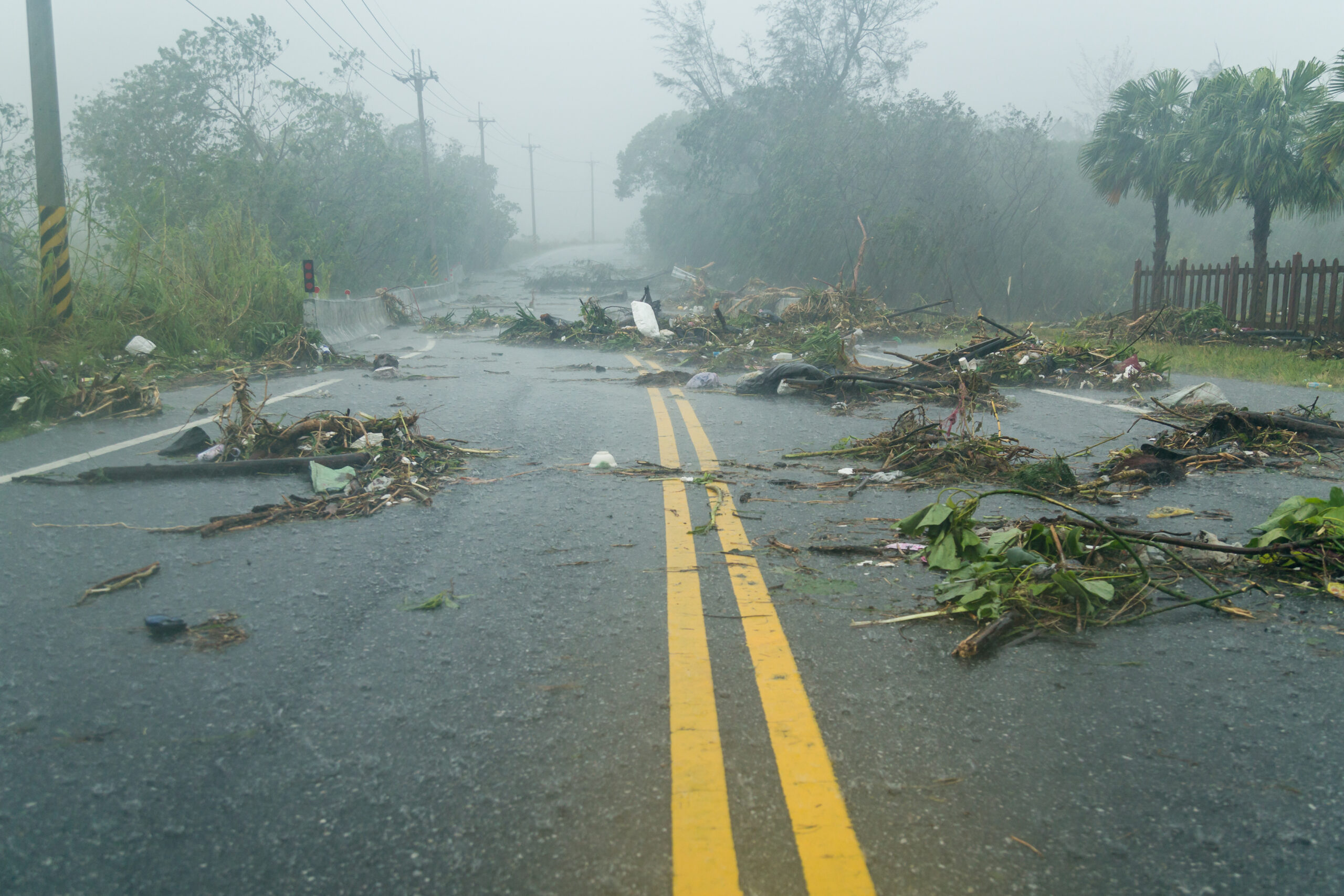Barriers that Stopped People from Getting Help during COVID-19
We polled the nation in October 2020, December 2020, and March 2021 to illuminate how US communities have experienced COVID-19.
Explore the interactive data visualizations on this page to learn what US residents said prevented them from getting help.
What stopped people from getting help during COVID-19?
We know people have needed and sought help with challenges related to the pandemic, but we know less about what is preventing people from getting the help they need – so we asked respondents, what stopped you from getting help during COVID-19?
Which, if any, of these barriers has stopped you or your household from getting help during COVID or coronavirus? Please select all that apply.
Key Findings
Many barriers have prevented people from getting the help they need. And while the number of respondents who faced barriers to help peaked when we polled respondents in December 2020, it is evident that many barriers remained even in later stages of the pandemic.
- Throughout the pandemic, about one in two respondents encountered at least one barrier to help.
- In October, 48% of people said they encountered at least one barrier to help between March and October 2020. In December, that number rose to 55% (+7%) and then in March it dropped to 52% (-3%).
- For every barrier we asked about, the number of respondents who encountered that barrier increased from October to December.
- From December to March, the number of respondents that selected each barrier to help decreased for every barrier, excluding fear of judgement. However, when comparing October 2020 to March 2021, the number of people who encountered each barrier either increased or stayed the same
- The most common barrier to seeking help in October (20%), December (26%), and March (23%) was fear of getting sick.
- Uncertainty was another major barrier. In December, more than one in five people (21%) said the fact that they were unsure what kind of help was available stopped them from getting help. Nearly 1 in 5 (19%) said they were unsure who could provide the help they needed.
More people faced more barriers to help between March and December 2020 compared to all other periods. During this time, 55% of respondents encountered at least one barrier to help. Moreover, the percent of respondents who said they experienced each barrier was the highest during this time out of all polls – one in four respondents said fear of getting sick stopped them from getting help, and one in five said they were uncertain about what help was available to them. Another 20% said they had uncertainty about who could provide help, and yet another one in five said affordability was a barrier.
The increase from October 2020 to December 2020 could be due to the increase in people who sought help, but it may also be related to the barriers themselves becoming more prevalent. By December 2020, the number of COVID cases continued to increase at an alarming rate while various channels of resources were sharing different information. Fear of getting sick, uncertainty of what kind of help is available and uncertainty of who can provide help all rose during this period. Information overload may have contributed to all of these barriers to help throughout the pandemic, but especially in the period between October and December 2020, a time in which more information than ever was being shared in an attempt to combat rising case counts.
Even in March 2021, COVID-19 was still a prominent issue. It is evident that barriers to help remained, even then, as respondents continued to note many difficulties getting help. While the number of individuals facing barriers to help decreased between December 2020 and March 2021, it is important to note that barriers to help were at least as prevalent in March 2021 compared to October 2020, if not more.
Fear of getting sick still remained the top barrier across all months. The slight decrease from December to March may be attributed to the vaccine rollout and progressive information providing guidance on how respondents should navigate the pandemic.
Many barriers have prevented people from getting the help they need. And while the number of respondents said they faced barriers to help peaked when we polled residents in December 2020, it is evident that many barriers remained even in later stages of the pandemic.
Explore more poll results:
Biggest Challenges | Challenges that Caused People to Seek Help | Future Challenges | Barriers to Help | Where People Received Help







